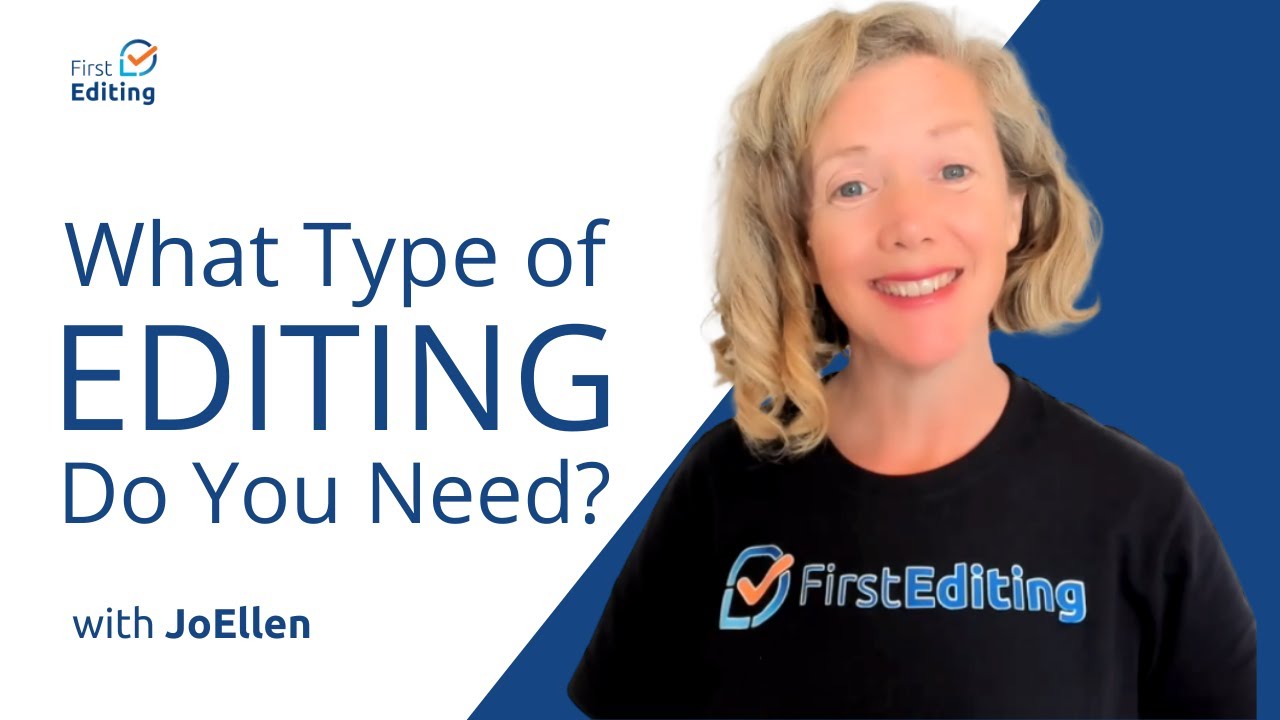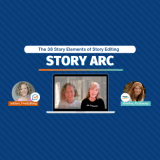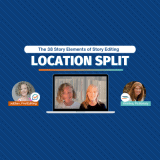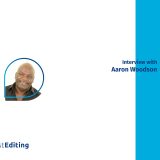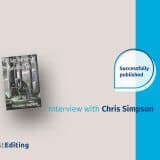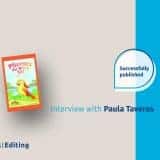
In this episode, Kristina Stanley from Fictionary joins JoEllen Nordstrom to talk about entry and exit hooks.
Today we will discuss how your story’s entry and exit hooks keep the reader hungry and how you can use them to improve your writing right now.
Entry and exit hooks
The first line of your book is the most important, but every new scene is an opportunity for the reader to put the book down, and you want that to happen as few times as possible throughout your story.
The way to do this is with entry and exit hooks.
Entry hooks entice the reader to keep reading scenes once they’ve started them. They pull the reader in at the beginning so that they have to read to the end. Once there, the exit hook makes them think, “I have to start that next scene.” This leads them to another entry hook, which pulls them all the way through that scene to an exit hook, and on and on it goes.
So, the opening and ending of each scene are very important to keep your reader hungry and excited about your story.
People sometimes refer to this as the “Soap opera sequence,” a reference to how soap operas use things like cliffhangers to keep viewers tuning in again and again— and I think we’re all very familiar with this strategy.
The world is constantly bombarding us with interruptions and vying for our attention, so how do we keep readers interested? How do we keep them wanting to come back for more, so much so that they don’t even want to sleep?
One key element is variety. For instance, if you end every scene with a cliffhanger, it gets tedious for the reader. They know what you’re doing, and then they start skimming and don’t want to read it.
For opening hooks, an effective strategy is to start right in the middle of the action. The reader doesn’t have to know everything, especially at the beginning of the story. When a scene starts with an unnecessary preamble, like two people meeting and saying, “Hi, it’s great to see you. How are you? We haven’t seen each other in a while,” you know, the normal chitchat people do, that’s dull. Skip right to it with “I know you’re cheating with my husband.”
As the first line of dialogue, that’s pretty inflammatory, as opposed to “Hi, we need to talk, blah blah blah…” That’s an entry hook. You can foreshadow trouble. You can use a strong line of dialogue. You can raise a question. You can give away a secret or a little piece of a secret. What you don’t want to do with hooks is waste words on extraneous description.
Instead, get straight to the exciting part and then use description later on for depth and to make the scene vivid.
Exit hooks are very similar, but with them, you would throw in a cliffhanger every once in a while, though not all the time and not in the last scene of your book. Even if you’re writing a series, if you end with a cliffhanger, the reader will be seriously annoyed
and may not buy your next book. Readers can get quite mad when they read a whole book and there’s a super cliffhanger in the last scene, so be careful with how you use them at the very end of your story.
How to make sure that you’re using entry and exit hooks correctly
The task now is to make sure you have an entry hook and exit hook for every scene. Keep track of what you did. If a hook reveals a secret, write it down, and if it’s a cliffhanger, write that down, too.
If it’s an open question, same thing: write it down.
Look at the beginning and the end of each scene to make sure:
1. That you have an entry hook and an exit hook.
2. That you’re varying them up and don’t have too many of the same type in a row.
If you enjoyed this chapter, please share it with your friends and let us know what you learned from it.
WATCH NEXT EPISODE: Differentiate Tension From Conflict – EPISODES #19 & #20
WATCH PREVIOUS EPISODE: How Anchor a Scene – EPISODE #16
RETURN TO THE 38 STORY ELEMENTS




